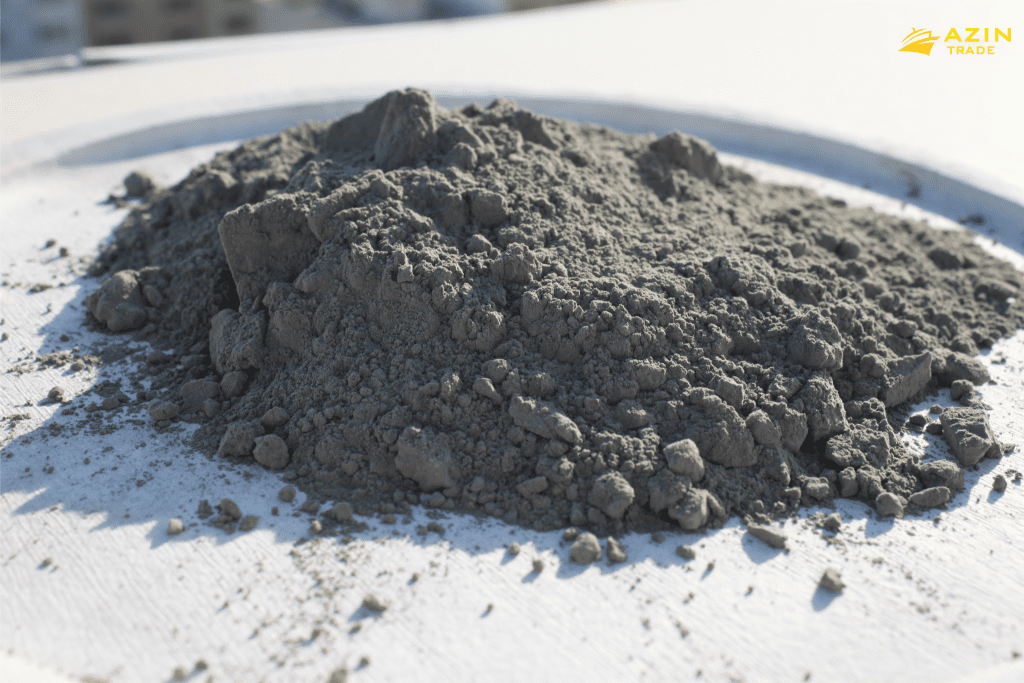
Important factors in a cement price
The price of cement can be influenced by several factors, including supply and demand, production costs, transportation costs, and government regulations. Here’s how each of these factors can affect the price of cement:
Supply and Demand: The demand for cement can fluctuate based on the construction and infrastructure development level in a given region or country. When demand is high and supply is limited, the price of cement tends to increase. Conversely, when demand is low and supply exceeds demand, the price of cement tends to decrease.
Production Costs: The cost of producing cement can be influenced by several factors, such as the cost of raw materials, labor, energy, and machinery. If any of these costs increase, the price of cement will likely increase as well.
Transportation Costs: Cement is heavy and bulky, and therefore transportation costs can play a significant role in the final price of cement. If the cost of transporting cement from the production facility to the end consumer increases, the price of cement is likely to increase as well.
Government Regulations: Governments can regulate the production, import, and export of cement, which can affect the price of cement. For example, if a government imposes a tax or tariff on cement imports, the price of imported cement will likely increase. Similarly, if a government imposes regulations on cement production, such as emissions standards, the production cost could increase, leading to higher prices.



